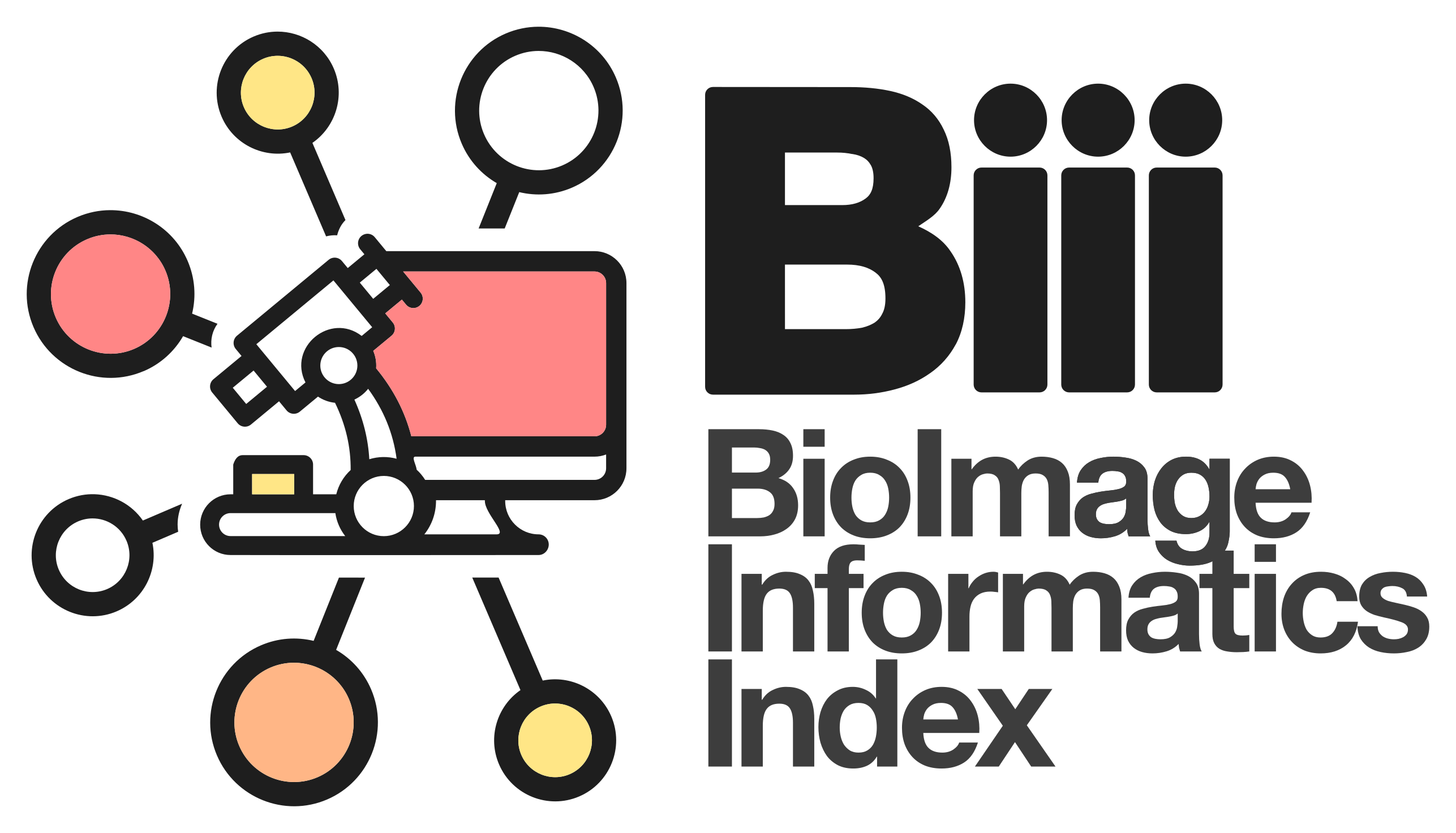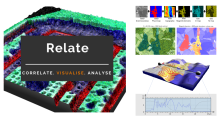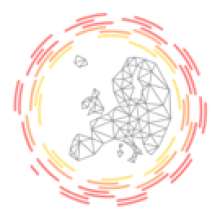Analysis of Microtubule Orientation: Tracking with ImageJ, Directionality Analysis with Matlab
We take an example image data of microtubule binding protein EB1, and will study how to automatically track those signals and how to analyze the tracking results. We use ImageJ for measuring the temporal changes in signal positions, and will feed the tracking results for analyzing their dynamics using Matlab in the following session.


